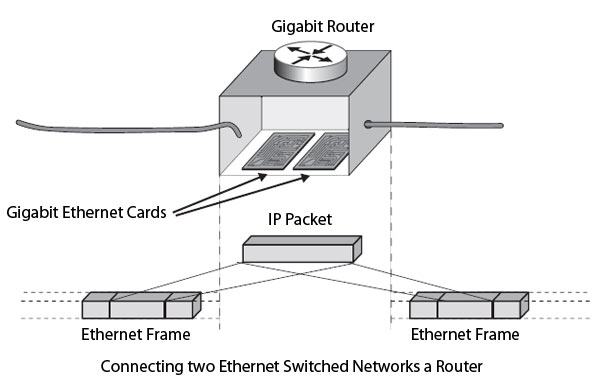- Related articles
- Outstanding Cisco GBIC And SFP Transceivers
- Optical Transceivers for Cisco SLM2048PT-UK Switch
- 7 tips for choosing network card
- All Cisco ONS-SE-2G-L2's information (List price, Specs, Datasheet PDF, Compatibility matr
- All Cisco SFP-OC3-SR's information (List price, Specs, Datasheet PDF, Compatibility matrix
- Optical Transceivers for Cisco WS-C3650-24TD-L Switch
- All Cisco ONS-SC+-10G-LR's information (Overview, List price, Specs, Datasheet PDF, Compat
- Optical Transceivers for Cisco SRW2016-K9-UK Switch
- Optical Transceivers for Cisco WS-C2960S-F48TS-L Switch
- Optical Transceivers for Cisco WS-C2960X-48FPS-L Switch

Introduction:
In this article, we will briefly introduce the 100Base-T Ethernet standard and what are the difference between 1000BASE-X and 1000BASE-CX, so that allows viewers to have a more profound understanding for 100Base-T technology, better to understand the basic solutions to 100Base-T.
What is the 1000BASE-X technology?
1000BASE-X is a group of standards for Ethernet physical layer standards, specified within the IEEE 802.3.z standard. It is used for gigabit Ethernet connections that transmit data mainly over fiber optic cable, and sometimes over copper-shielded cable. The range of 1000BASE-X starts at 25 meters for copper and can be extended to 70 km with a single-mode fiber channel. All of these standards use an 8b/10b encoding scheme, in which 8 bits are used for data transmission and 2 for error correction.

What are the Difference Between 1000BASE-X and 1000BASE-CX?
1000BASE-X is used in industry to refer to Gigabit Ethernet transmission over fiber, where options include 1000BASE-SX, 1000BASE-LX, 1000BASE-LX10, 1000BASE-BX10 or the non-standard -EX and -ZX implementations.
1000BASE-CX is an initial standard for Gigabit Ethernet connections with maximum distances of 25 meters using balanced shielded twisted pair and either DE-9 or 8P8C connector (with a pinout different from 1000BASE-T). The short segment length is due to very high signal transmission rate. Although it is still used for specific applications where cabling is done by IT professionals, for instance the IBM BladeCenter uses 1000BASE-CX for the Ethernet connections between the blade servers and the switch modules, 1000BASE-T has succeeded it for general copper wiring use.





















































